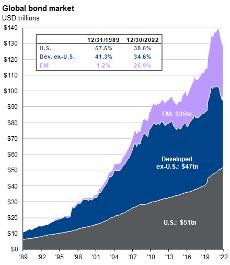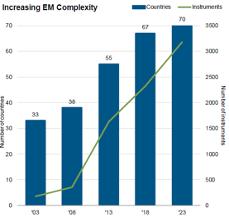An Outsourced Chief Investment Officer delivers advisory firms the best of both worlds — access to best-in-class investment strategies developed by experienced industry veterans without the commitment of hiring full-time team members.
But what many firms don’t realize is that OCIOs offer a wide range of services, which can be adjusted to meet your team’s needs. Let’s take a look at what an OCIO does and the different capacities in which they help advisory firms better serve their clients while maintaining their bottom line.
How Involved is an OCIO?
That’s up to the advisory firm and the OCIO. Each relationship is customized to help fill the gaps or offer support in specific areas of need. Some OCIOs step in seamlessly to serve the same critical functions as an internal CIO. Other times, they provide more supplemental support or address especially complex concerns.
At East Bay, we’ve served firms in a number of different ways. For example, we’ve offered guidance during tough transitions, helped support overloaded internal teams during periods of growth, and enabled advisors to regain their time by taking full control of investment-related responsibilities.
But each OCIO firm operates differently, so their capabilities and involvement in your firm will depend on their size, pricing structure, resources, and industry experience.
4 Common OCIO Services
An OCIO can help you with your portfolio construction and management responsibilities from top to bottom. From reassessing your investment philosophy and approach to adapting and implementing those changes into model portfolio construction, an OCIO provides full-service support.
Some OCIO firms, like East Bay, offer additional services beyond investment-specific responsibilities. For example, we provide advisory firms with business consultation services and access to robust industry resources that our clients can use to support their growth and business goals.
The most common OCIO services fall into one of four broad categories:
1. Investment management
An OCIO can take on the full spectrum of investment management-related tasks, or offer assistance on more specific services like:
- Portfolio construction
- Assist with best practices on topics like rebalancing parameters, cash management, etc.
- Due diligence
- Mitigating portfolio risks (primarily through diversification and asset allocation)
2. Client support
OCIOs can often help advisors address the needs of a firm’s clients on an individual basis through answering client questions or, reviewing client specific needs, as examples.
3. Firm support
OCIO firms can be a resource for the overall firm too. Working with many different clients, we can provide insight into topics like various technologies, staffing needs, or other operational issues.
4. Advanced insights
An OCIO is more than just another team member, they often serve as the connection between your advisory firm and state-of-the-art investment resources or networks. Many OCIOs offer firms and their clients access to market commentary or analysis, as well as stay on top of changing market conditions and trends.
How Are OCIO Services Priced?
At East Bay Investment Solutions, we price our services rather uniquely. We provide a flat-fee pricing model for advisory firms.
As you start researching and comparing OCIO firms that may fit your outsourced investment needs, we encourage you to reach out and schedule time to talk with our team. We’d be more than happy to walk through our offerings, pricing, and investment philosophy in more detail.







